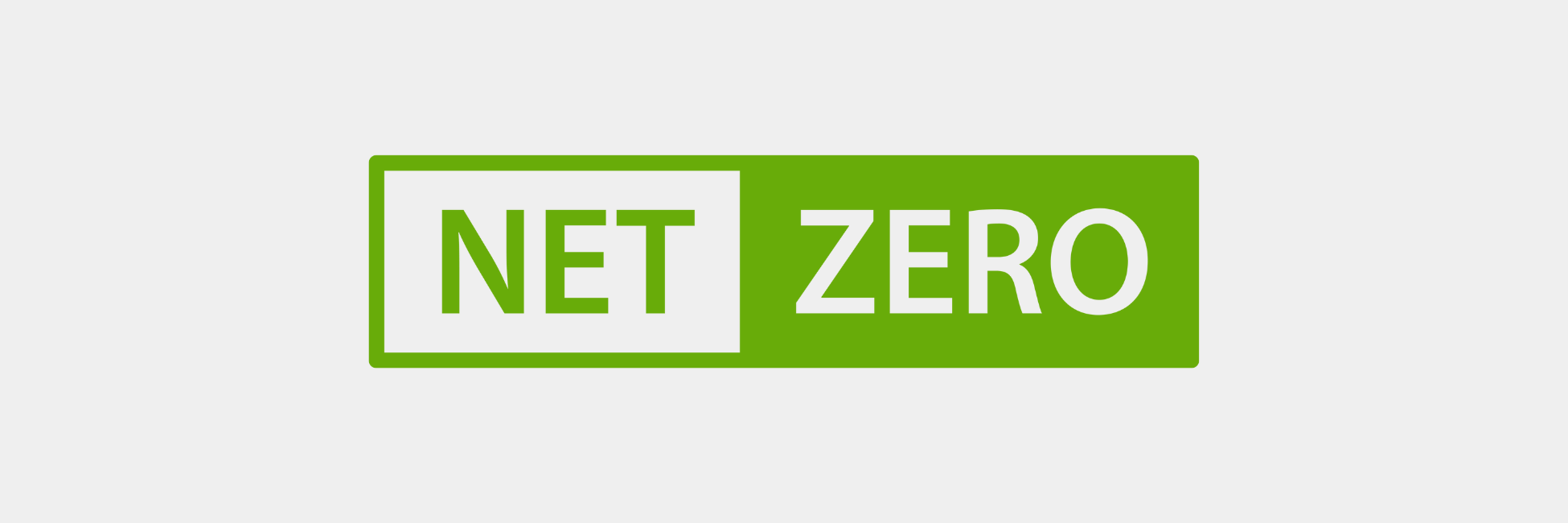Page content
Why is price parity so important?
We’re living in a tough economic landscape right now, characterized by wars and rising inflation. The cost of living is going up and in most regions of the world, people’s salaries don’t increase fast enough to cover that gap.
Research has shown that when the cost of living increases, people will prioritize saving money over making ethical decisions. In a 2021 survey conducted by Proveg, 40% of consumers stated that a higher cost of living has led them to eat less plant-based food.
So now, more than ever, the price of your product determines how big the barrier is for people to start trying or buying it. Affordability = accessibility.
Solar panels lead the way
One sustainable product is a key example: solar panels. Solar panels were once very expensive, but now they’ve reached economies of scale (definitely not always in the right way, but that’s another discussion) and investing in solar panels delivers a relatively fast ROI. While looking at energy-storing batteries, the ROI is still less attractive so people are inclined to wait.
Is it a fair battle?
Not at all. We know the cost of living is already hurting a lot of people and yet we have to acknowledge that a lot of the products we buy are simply priced way too cheaply. Why? Because typically a seller can only reach that price level by not paying the people in their supply chain enough, or by not taking into account the social and environmental cost of their product. The True Price Foundation is an interesting organization that aims to change this.
A farmer who’s not using pesticides to boost vegetable growth has to spend money on a verifying body to confirm that. And then all bio vegetables have to be wrapped up in plastics to make sure no ‘contamination’ is happening in the supermarket. A farmer who uses pesticides doesn’t have that cost and can, hence, offer its product at a lower price or take more margin. Why don’t we turn that around?
What to do when you haven’t reached price parity yet?
Let’s look at your closet: how many items do you have in there that you really value? Be sincere . Chances are that there won’t be too many. We need to change that. We don’t need more items, but we need to value the stuff we own again.
We have to be honest: price will always be a determining factor for consumers, but if there’s one key that can help tip the scale it is transparency and traceability mixed with a good portion of storytelling, making often complex information as accessible as possible.
Want more information on nudging sustainable behavior?
Nudging is a strategy that subtly guides people towards sustainable behaviors without limiting their choices – making them easy, affordable, accessible, and engaging.
How will people feel when they scan the QR code on their 3-EUR shirt and see where and how it’s been produced? The Corporate Sustainability Due Diligence Directive and digital product passports are coming and they will prove to be a gamechanger.
Let’s step away from textile and look into food: how much crap do we eat that harms our health? If we talk about price parity, isn’t bad health also a price you pay? And what if your product has a proven(!) positive effect on someone’s health: how much is that worth to someone?
It’s time to switch the narrative and make radical collaboration and transparency the norm. Who’s leading the way?




